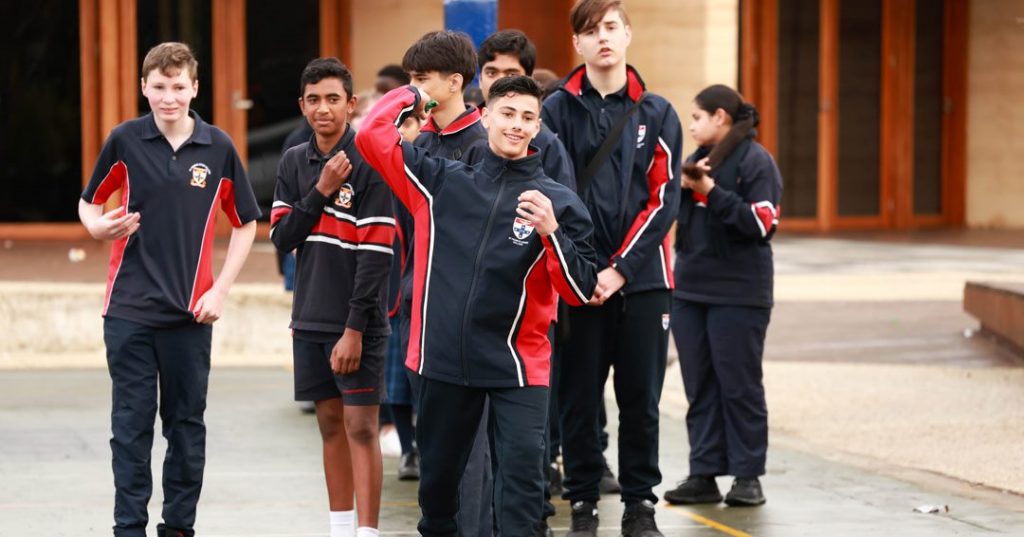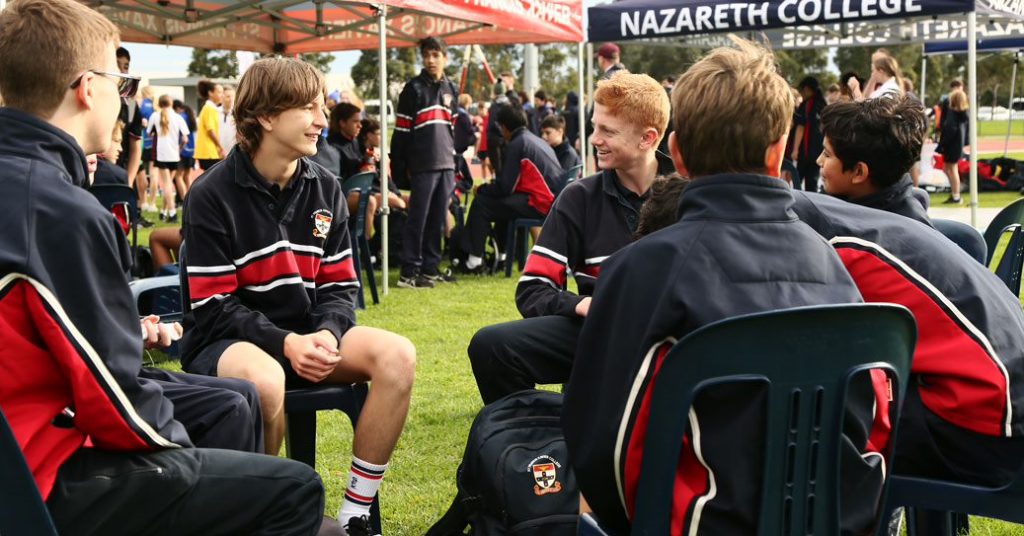Physical Activity and Learning: How Fitness and Exercise Play a Role in Education
Thursday 15th June 2023
In every year level at St Francis Xavier College, students are encouraged to participate in a variety of physical activities, including house competitions, health and PE classes, and SIS sport. Physical activity represents a large part of our curriculum, and for good reason: exercise and fitness provide many boosts to the body and brain.
The aims and objectives of physical education are not only to get students out of the classroom and keep them out of trouble. The benefits of physical education in high school extend beyond the sports field and into areas in the classroom and personal life too, helping them perform better on assessments and feel emotionally stable and motivated. We offer opportunities to be active so our students have the best chance of achieving their ambitions and having a balanced experience.
Exercise and the brain
Significant research and other articles on physical education have highlighted that an active lifestyle, physical fitness and moderate intensity activity have direct impacts on development and brain function. Physically active students not only develop healthy bones and muscles, but also create a variety of important connections in their brain that aid concentration, critical thinking and memory.
Activity and academic performance
Evidence suggests that regular physical activity and higher levels of fitness lead to improved cognitive performance. The benefits include responding quicker and with greater accuracy to cognitive tasks and better overall behaviour related to academics.
Exercise increases blood flow to the brain, producing proteins that aid in brain function. Specifically, exercise promotes the growth of neurons, which are cells that transport messages throughout your brain and into your body.
With enhanced cognition and neural growth, students focus better in the classroom and during study. This creates positive academic achievement when they engage in regular, moderate physical activity.
Movement and memory
Physical activity and exercise lead to a process known as ‘synaptogenesis’ — the formation of synapses, which are the sites where messages are transmitted between neurons. In short, functioning synapses allow your brain to learn information and make memories.
Memory plays a key role in student life, allowing them to retain the significant amount of information they learn across the year. When students are physically active, the way their brains functions is changed as there are higher rates of activation, which in turn strengthens memory. Sleep is another particularly important activity for memory, and regular exercise helps to promote more stable sleep schedules.
This is reflected further in research that suggests individuals who engage in more physical activity typically experience lower rates of memory impairment as they get older, with exercise often cited as a protective factor against dementia and related disorders. This may be because exercise increases the size of the hippocampus, a brain area with a major role in memory and learning.
Exercise and emotional wellbeing
The benefits of PE in school extends to student wellbeing. Individuals who engage in regular exercise obviously improve their physical health, but they also provide great benefit to their emotional and mental health. Chemicals in the brain such as serotonin and endorphins play a huge role in your feelings of happiness and wellbeing, and these are released at higher rates during physical activity.
Additionally, chemicals released during exercise help to relieve symptoms of stress and anxiety. Engaging in physical activity can help you to feel more capable and in control, particularly when exercising with different goals in mind, no matter how large or small they may be.
Improving levels of activity
Australian guidelines suggest that school-aged young adults should engage in at least 60 minutes of moderate to vigorous physical activity every day, including organised or informal sports, running, push-ups, or walking the dog. Activity does not need to occur all at once — the 60 minutes can be spread throughout the day to make it more attainable.
Guidelines also recommend that students avoid sitting for long periods of time, particularly in front of screens, and maintaining good sleep patterns, including at least 8 hours each night.
It’s also worth noting that increasing physical activity will not immediately improve your academic results or focus levels — you still need to put effort into your studies and revision periods.
Promoting balance in our students
At St Francis Xavier College, we help to promote healthy and active children and adolescents by including different types of physical education and aerobic exercise in our curriculum. We see the importance of physical education, so students undertake compulsory Health and PE in Junior years and can choose to continue it in Senior years. Additionally, students engage in regular sporting competitions between our houses and against other schools in our network, developing a sense of healthy competition and camaraderie.
Offering a variety of opportunities to get active is key in our curriculum development, leading to improved academic performance, greater emotional regulation, memory enhancements, positive classroom behaviour and other similar benefits.
Activity and wellbeing at SFXC
The benefits of physical education in schools cannot be overstated. From helping students learn to helping students build friendships and connections with people around them, we are committed to providing every avenue to student health and wellbeing as possible. Our students enjoy a variety of pathways and opportunities both inside and beyond the classroom, and we ensure that every student’s individual needs are looked after and nourished.

